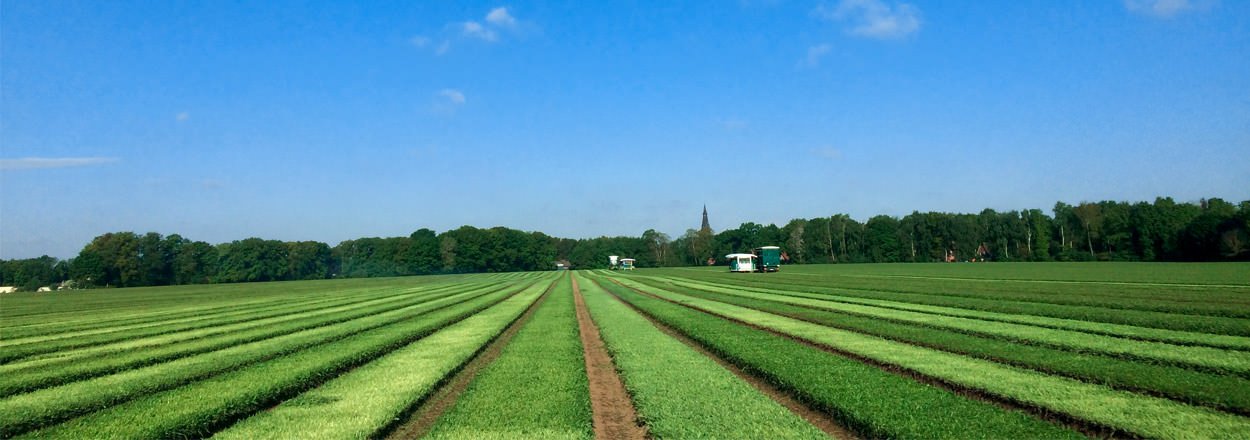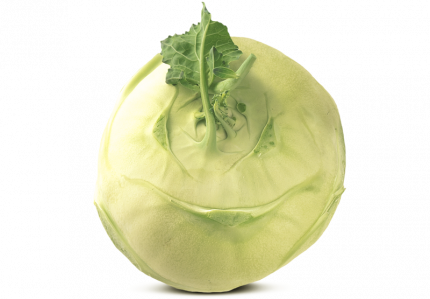Growing
Kohlrabi has a short growing time: in summer, it takes just 6-7 weeks from planting to harvest. During this time, however, it needs a regular water supply, as fluctuating soil moisture can cause the bulbs to burst. The latest planting date for kohlrabi is early August. After that, harvestable kohlrabi can only be achieved with the help of nonwoven or film. The plants should be around 20-25 cm apart. A kohlrabi is ready to harvest once the bulb has reached a diameter of around 9 cm. If the ideal harvest time is missed, the bulb quickly gains a woody texture. To harvest, the kohlrabi is cut off with a sharp knife just below the bulb. If it is cut off too low, it will be in the shoot axis, which is almost too tough to cut.
Nutrients
Kohlrabi contains vitamin C (ascorbic acid) and vitamin B6 (pyridoxine), as well as relatively high levels of potassium and magnesium. When it comes to phytochemicals, kohlrabi contains glucosinolates and flavonoids, which are among the polyphenols.
Preparation
The leaves contain high levels of iron and can also be eaten. The kohlrabi is peeled from the bottom of the stalk. Children especially enjoy raw kohlrabi, but it can also be cooked.
Storage/preservation
Kohlrabi is best used fresh. Kohlrabi can be stored for a while in the fridge. For longer-term storage, the leaves are removed down to the heart leaves and the kohlrabi laid in damp sand. It will then keep for several weeks. Lactic acid fermentation is also an option for preservation.

